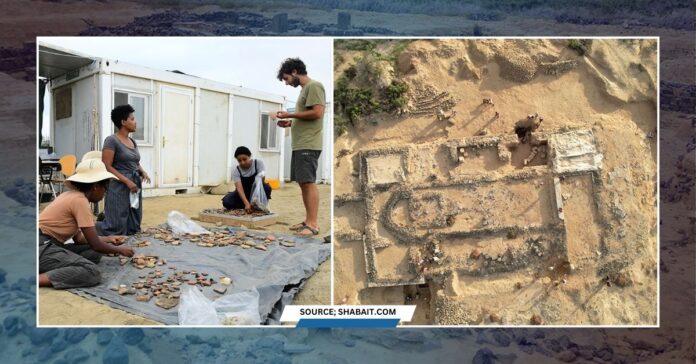In a groundbreaking excavation effort at the Adulis archaeological site, ceramic artifacts dating back to as early as 1500 BC and spanning up to 500 BC have been unearthed, marking a significant milestone in the understanding of ancient civilizations in the Horn of Africa and the Southern Red Sea region.
Led by Dr. Tsegay Medin, the coordinator of the Adulis Archaeological project, the discovery has been hailed as a pivotal moment in bridging historical periods from the 1st to the 7th decades. Dr. Medin emphasized the importance of the find, citing its potential to enrich the history of both the country and the wider region through meticulous research and analysis.
Notably, Prof. Serena Massa, an Italian archaeologist and integral member of the project, highlighted Adulis as a unique ancient town in Sub-Saharan Africa, distinguished by its stone construction. She suggested that the uncovering of ancient manuscripts and monuments could serve as vital links between the Adulis civilization and that of Punt Land, potentially igniting a new phase of excavation and scholarly inquiry.
Dr. Abraham Zere, another esteemed archaeologist involved in the project, expressed his optimism regarding the newfound artifacts. He emphasized that the discovery would contribute significantly to unraveling the mysteries of ancient civilizations in the Horn of Africa and the Southern Red Sea region, offering unprecedented insights into their cultural, social, and economic dynamics.
The Adulis project, which commenced in 2011 through a collaborative effort between Eritrean and Italian experts, has facilitated the exchange of experiences and expertise in the field of archaeology. This collaboration has been instrumental in driving forward the excavation efforts and uncovering invaluable treasures that promise to redefine our understanding of ancient civilizations in the region.
As the excavation at Adulis continues to unveil its secrets, scholars and historians eagerly anticipate the revelations that these ancient relics hold, hopeful that they will shed new light on the rich tapestry of human history in the Horn of Africa and beyond.

